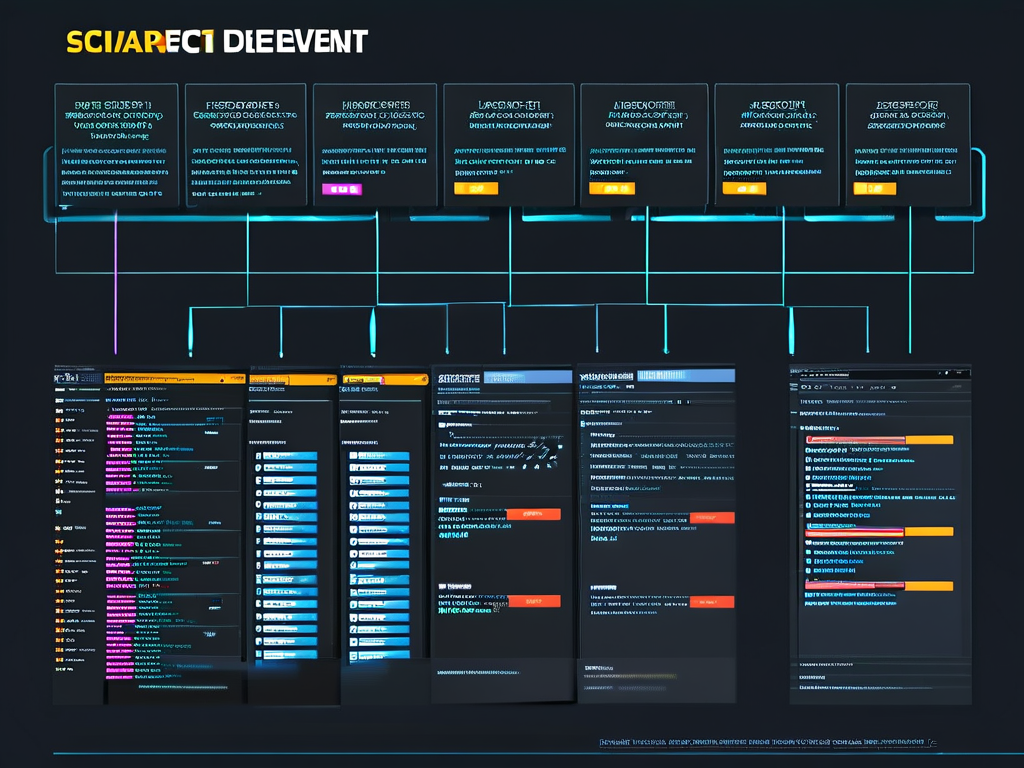The digital landscape demands faster delivery cycles and modular architectures, making micro-frontends paired with automated deployment a game-changing combination. This article explores how these technologies transform web development workflows, enabling teams to scale applications efficiently while maintaining deployment reliability.

1. Understanding Micro-Frontends
Micro-frontends extend the microservices concept to the frontend layer, breaking monolithic UIs into independent, team-owned components. Unlike traditional approaches, this architecture allows:
- Decoupled Development: Teams work on separate features without codebase conflicts.
- Technology Agnosticism: Mix frameworks like React, Vue, or Angular within a single app.
- Incremental Updates: Deploy specific modules without full-system redeployment.
However, managing multiple repositories and ensuring consistent integration poses challenges.
2. The Role of Automated Deployment
Automated deployment eliminates manual intervention in releasing code to production. Key benefits include:
- Speed: CI/CD pipelines trigger deployments within minutes of code merges.
- Consistency: Scripted processes reduce human error in configuration.
- Rollback Safety: Automated version control enables instant recovery from failures.
For micro-frontends, automation becomes critical. Imagine coordinating 10+ independent modules without unified deployment logic – chaos ensues.
3. Building an Automated Pipeline for Micro-Frontends
Phase 1: Repository Orchestration
Use monorepo tools like Nx or Lerna to manage cross-repo dependencies. Alternatively, leverage Git submodules for multi-repo synchronization.
Phase 2: Containerization
Package each micro-frontend into Docker containers. Tools like Webpack Module Federation enable runtime integration, while Kubernetes manages container orchestration.
Phase 3: Testing Automation
Implement layered testing:
- Unit Tests: Isolated component checks (Jest, Mocha).
- Integration Tests: Validate cross-module interactions (Cypress, Playwright).
- Visual Regression Tests: Ensure UI consistency (Percy, Applitools).
Phase 4: Deployment Strategies
- Blue-Green Deployment: Route traffic between old/new versions risk-free.
- Canary Releases: Gradually expose updates to a user subset.
- Feature Flags: Enable functionalities without code redeployment.
4. Toolchain Integration
Combine industry-standard tools for end-to-end automation:
- CI/CD: GitHub Actions, GitLab CI, or CircleCI.
- Infrastructure as Code (IaC): Terraform or AWS CDK for environment provisioning.
- Monitoring: Datadog or New Relic for real-time performance tracking.
A sample pipeline:
# GitHub Actions Example
name: Deploy Micro-Frontend
on: [push]
jobs:
build:
runs-on: ubuntu-latest
steps:
- uses: actions/checkout@v4
- name: Build Containers
run: docker-compose build
- name: Run Tests
run: npm run test:all
- name: Deploy to AWS ECS
if: success()
uses: aws-actions/amazon-ecs-deploy-task-definition@v1
5. Overcoming Challenges
Version Hell: Enforce semantic versioning and API contracts between modules.
Performance Overhead: Optimize shared dependency loading via module federation.
Security: Scan containers for vulnerabilities using Snyk or Trivy pre-deployment.
6. Real-World Success Stories
- Spotify: Scaled its dashboard using micro-frontends with automated A/B testing deployments.
- Walmart: Achieved 50% faster release cycles via containerized micro-frontends.
- DAZN: Reduced production incidents by 70% through automated rollback mechanisms.
7. Future Trends
- AI-Driven Deployment: Predictive analytics to optimize release timing.
- Serverless Micro-Frontends: Combining AWS Lambda@Edge with modular UIs.
- Low-Code Integration: Visual pipeline builders for non-technical teams.
Micro-frontends with automated deployment empower organizations to balance innovation velocity with system stability. While implementation requires upfront investment in tooling and processes, the long-term gains in scalability and team autonomy justify the effort. As enterprises increasingly adopt cloud-native architectures, mastering these practices will become a cornerstone of competitive web development.






